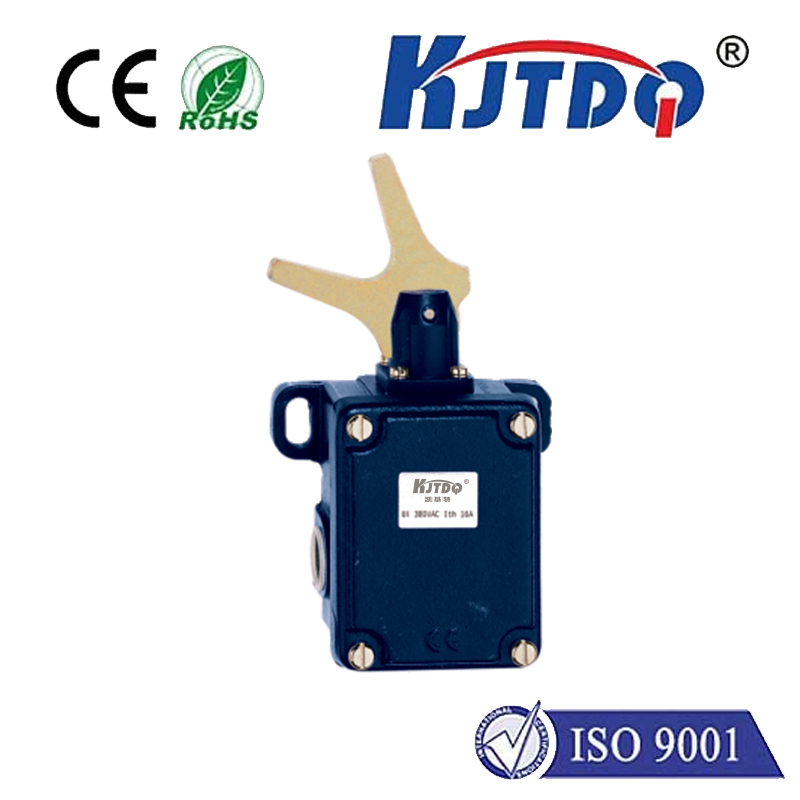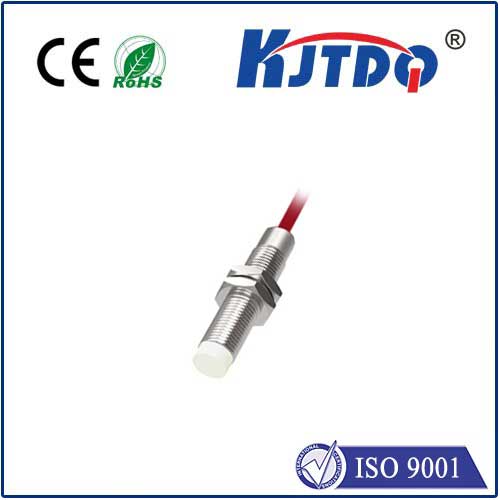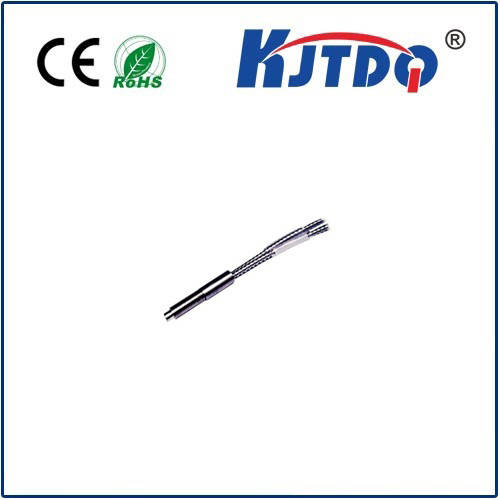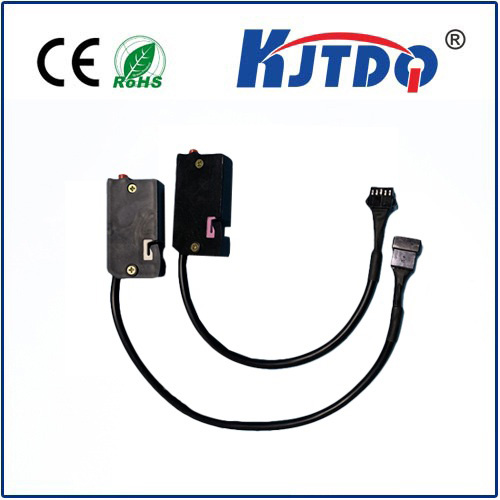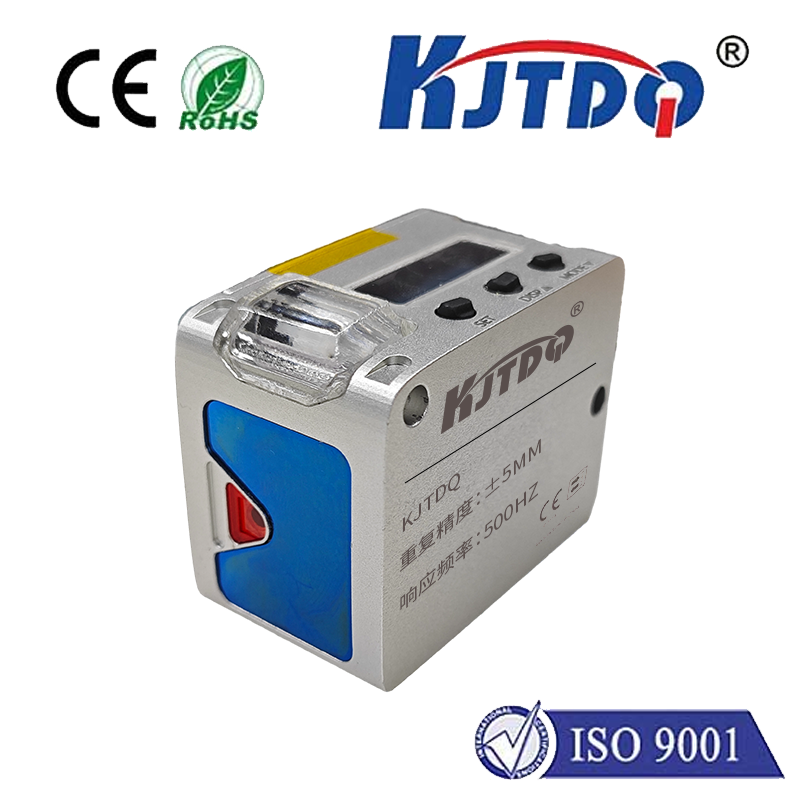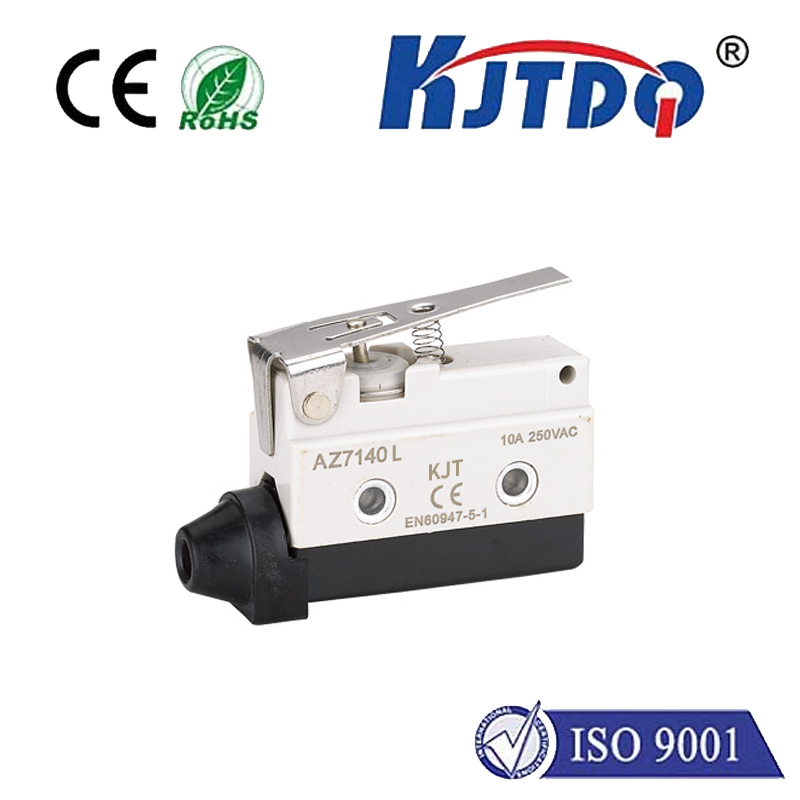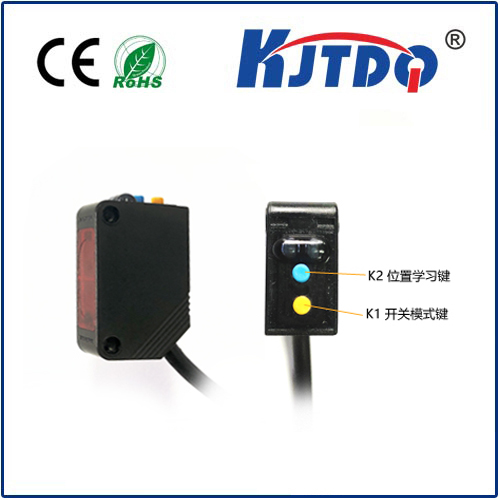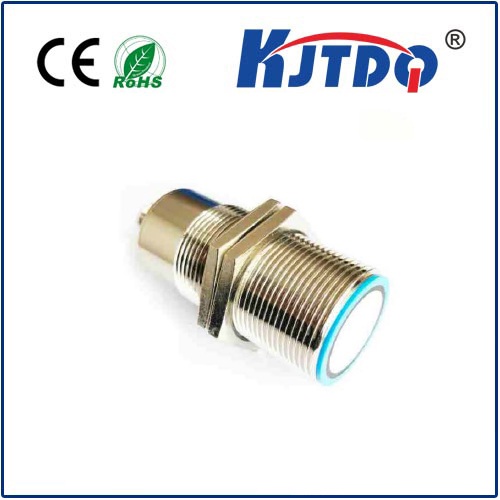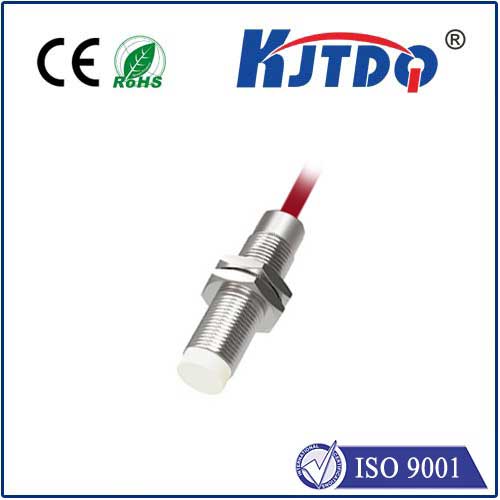m12 proximity sensor
- time:2024-11-08 01:19:36
- Click:0

Title: Unveiling the Power of M12 Proximity Sensors: Revolutionizing Industrial Automation and Safety
In the rapidly advancing realm of industrial automation, efficiency and safety are paramount considerations. Among the myriad of sensor technologies driving this progress, M12 proximity sensors stand out as versatile, robust, and reliable components. These compact yet powerful devices have been instrumental in transforming how machines operate within various industries, ensuring not only optimized performance but also enhanced worker protection. This article delves into the world of M12 proximity sensors, exploring their features, applications, and the value they bring to modern automation systems.
Understanding M12 Proximity Sensors: A Primer
M12 proximity sensors belong to a family of non-contact sensing devices that detect the presence or absence of an object without physically touching it. Named after their standardized mounting size (measuring 12mm in diameter), these sensors utilize advanced electromagnetic fields or optical principles to sense objects within a specified range. They come in two primary types: inductive sensors suited for metallic targets, and capacitive sensors capable of detecting dielectric substances like liquids, powders, or plastics.
Key Features that Set M12 Sensors Apart
Several characteristics make M12 proximity sensors particularly well-suited for demanding industrial environments:
- Robust Construction: Engineered to withstand harsh conditions, including dust, moisture, and temperature extremes, M12 sensors are built with durable materials such as nickel-plated brass or stainless steel housings. This ensures longevity and consistent performance even in challenging manufacturing settings.
- High Precision & Reliability: With tight repeatability and high switching accuracy, these sensors minimize false signals and ensure precise control over machinery operations. Their solid state design eliminates wear-and-tear issues common in mechanical switches, enhancing overall system reliability.
- Versatile Mounting Options: The M12 thread allows for easy integration into existing machinery and equipment. Sensors can be flush-mounted, surface-mounted, or embedded within custom enclosures, providing flexibility in installation based on specific application needs.
- Extended Sensing Range: Depending on the model, M12 proximity sensors offer sensing distances ranging from a few millimeters up to several centimeters, making them ideal for both close-proximity detection tasks and broader area coverage requirements.
Applications Across Industries
The adaptability of M12 proximity sensors makes them indispensable across diverse sectors:
- Automotive Manufacturing: In car assembly lines, they monitor conveyor belt positions, part alignment during welding processes, and ensure proper placement of components before automatic fastening systems engage.
- Packaging Industry: These sensors verify product presence, monitor fill levels in containers, and control packaging machinery speed to prevent bottlenecks or jams.
- Robotics & Automation: M12 sensors play a crucial role in collision avoidance for collaborative robots, pallet positioning for automated guided vehicles (AGVs), and tool change verification in robotic arms.
- Safety Systems: By acting as safety gatekeepers at hazardous machine points, they help prevent accidents by detecting unauthorized access or abnormal operating conditions.
Embracing the Future with M12 Proximity Sensors
As industries continue to embrace digital transformation and smart manufacturing initiatives, the role of sophisticated sensing technologies like M12 proximity sensors becomes increasingly pivotal. Their ability to enhance operational efficiency while safeguarding human life underscores their significance in building safer, more responsive industrial ecosystems. By investing in high-quality M12 sensors, businesses can stay ahead of the curve, leveraging cutting-edge technology to drive innovation and maintain competitive advantage.
In conclusion, M12 proximity sensors epitomize the convergence of functionality, durability, and versatility – a trifecta essential for modern industrial automation solutions. As technology evolves, we can expect further advancements in sensor capabilities, potentially unlocking new frontiers in process optimization, workplace safety, and productivity gains. The future holds exciting possibilities, and M12 proximity sensors will undoubtedly remain at the heart of this technological revolution.





